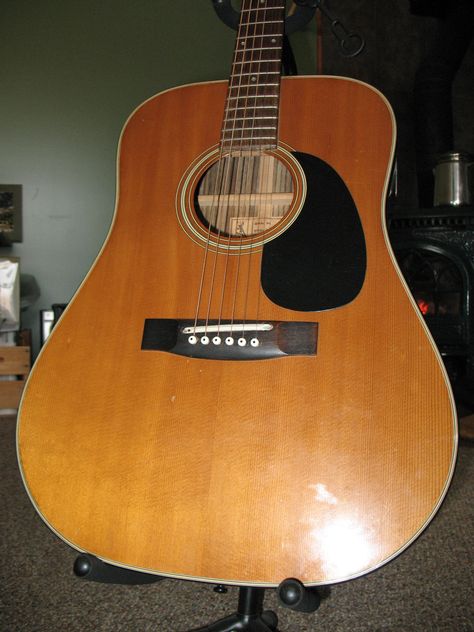

Winner: It’s hard to find fault with either amp here so we’re calling it a draw. It looks like a Fender amp made for the modern era, retaining those classic aspects you’d expect of a Fender, with a color scheme that’s thoroughly modern. The Fender Mustang GTX on the other hand looks a little classier in comparison, with its grey grilled front and the classic shiny Fender logo subtly placed in the top corner. The design is clean and sleek, but it doesn’t particularly stand out against other amplifiers in its class. The Boss Katana has an all-black appearance, much like the historical figure who wielded its namesake. Looking at the aesthetic, these are both very similar looking amplifiers. The Boss Katana is the heavier of the two thanks to its Class A/B power amp, but the Fender Mustang GTX is ever so slightly larger in terms of dimensions. All of the knobs and buttons are solid and there’s nothing flimsy at all about either of them. Boss Katana vs Fender Mustang: Build quality & designĪs you’d expect coming from two major musical instrument manufacturers, these are both high-quality feeling amps.
#Fender model f 65 plus#
Winner: The Fender Mustang takes it for us here thanks to its included footswitch which delivers a lot of extra functionality, plus the slightly better output options. However, the Fender Mustang also gives you stereo XLR and 1/4" outputs, making it easily interfaceable with mixing desks, PAs, and audio interfaces. Both give you an effects loop for running your own time-based effects, with the Boss Katana adding some extra functionality with a selectable parallel/series option.īoth amps offer various options for outputting your signal to sources, including all the usual suspects like a line out and USB out. The Mustang GTX offers a single input, whilst the Katana delivers more flexibility in that it gives you a dedicated Power Amp In for you to use your own preamp, modellers and multi-effects.

The Mustang also ships with a GTX-7 footswitch, whereas with the Katana you will need to fork out extra cash for its equivalent. The Boss amp has a Katana-branded speaker, whilst the Mustang offers a better-known name with its Celestion special design speaker. Both feature a single 12” speaker delivering 100 watts of power, offering plenty of girth for loud practices and small gigs. In terms of hardware, these amps are both very closely matched. Boss Katana vs Fender Mustang: Hardware & features


 0 kommentar(er)
0 kommentar(er)
